
What Can Your Urine Tell You about Your Health

I recently wrote about how the appearance of your stool can reveal a great deal about your health. The same is true for urine. By paying attention to the color, smell, and consistency of your pee, you can gain meaningful insight into the condition of your internal organs. You don’t need to panic when you notice something unusual, but you also shouldn’t dismiss changes that seem persistent or out of the ordinary. When something feels off, your urine can be a useful starting point for a conversation with your doctor.
Color of Your Urine
When trying to interpret urine color, start with the basics:
• Hydration level — the most common reason for color changes
• Food — many foods can dye urine temporarily
• Medications — certain drugs can alter color
Always think about these harmless causes before assuming something more serious.
Transparent
Very clear urine usually means you’re well-hydrated. However, it can also indicate that you’re drinking too much, which may dilute important salts in the body. This is rarely dangerous, but it means you don’t need to force additional fluids.
Completely colorless urine can also be a symptom of diabetes, especially when paired with excessive thirst and frequent urination. In that case, a glucose test is recommended.
Pale Straw to Amber
This range represents healthy, normal urine. When urine becomes darker yellow, dehydration is often the cause. More concentrated urine also tends to smell stronger. Certain foods, like beets, can deepen the yellow color temporarily.
Syrup or Brown Ale
Very dark or brownish urine can indicate severe dehydration, signaling the body’s urgent need for fluids. However, it can also be a sign of liver problems, such as hepatitis. When bile pigments enter the urine instead of being processed through the intestines, the color shifts toward brown.
Pink to Reddish
Red-tinted urine is one of the most alarming colors and should always be taken seriously. Some foods — like beets, blackberries, and rhubarb — can create a red hue. But if the discoloration persists or cannot be traced to diet, it may indicate blood in the urine (hematuria).
Possible causes include:
• urinary tract infections
• kidney or bladder stones
• cancers of the kidney, bladder, or prostate
These may come with pain or difficulty urinating.
Blue
A blue tint is rare but usually related to food dyes or certain medications such as triamterene, Rinssapin, or Viagra. There is also a rare inherited disorder called porphyria that can turn urine blue or purple.
Green
Green urine is typically caused by asparagus, black licorice, or foods with strong colorings. Some medications, including certain antibiotics, can lead to a greenish tone. Pus in the urine — usually caused by a urinary tract infection — can also make it look green.
Diarrhea can occasionally mix with urine and cause unusual discoloration without the urine itself being abnormal.
Black
Black urine can result from foods, medications, or chemical exposure. If none of these apply, a medical evaluation is recommended to rule out health conditions.
Smell of Your Urine
Most changes in urine odor relate to food or medication. For example, coffee, asparagus, or vitamins can drastically change the smell. Odor alone is rarely concerning unless it appears alongside color or consistency changes.
Consistency of Your Urine
Cloudy Urine
Cloudiness or a milky appearance may indicate:
• microscopic blood
• urinary tract or bladder infection
• kidney stones
• certain sexually transmitted infections (like gonorrhea)
• vaginal discharge mixing with urine
Foamy Urine
A few bubbles are normal, especially when you urinate forcefully. Persistent foaming, however, may mean excess protein in the urine, which can be a sign of kidney or gallbladder issues. If foaminess continues over time, medical testing is recommended.
News in the same category

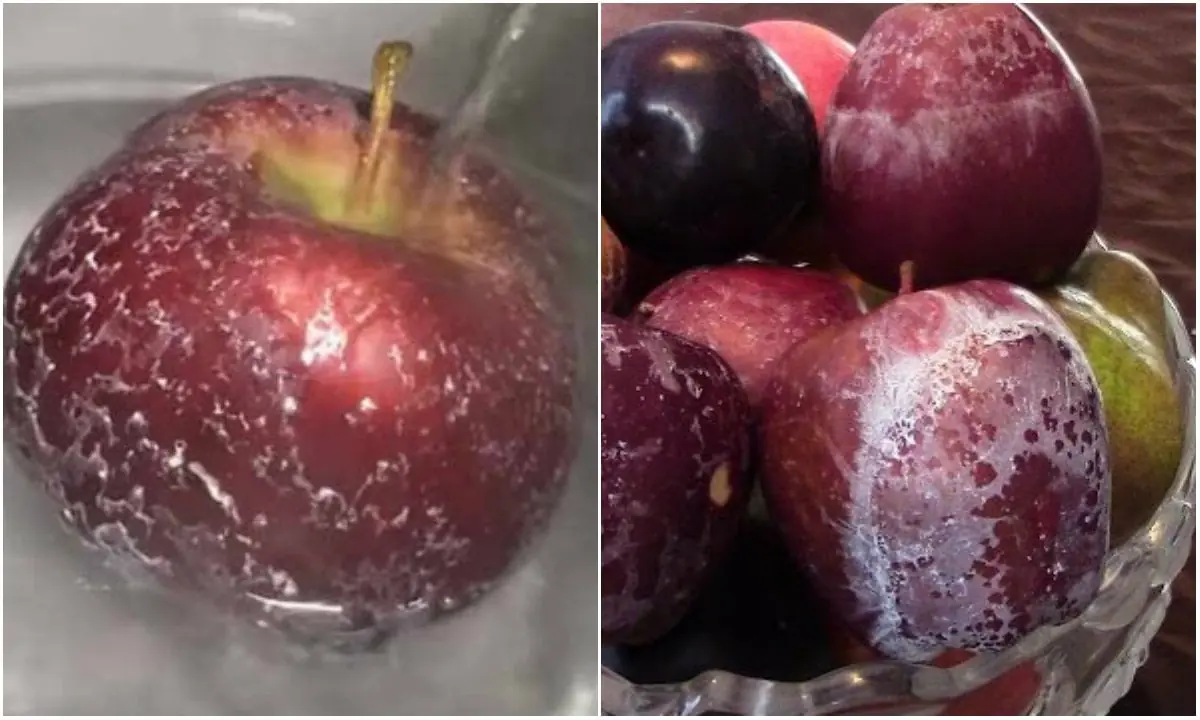
Pour hot water over an apple and the chemicals will become clearly visible – the best way to check if an apple is toxic

Doritos Goes Dye-Free: PepsiCo Shifts to Natural Colors
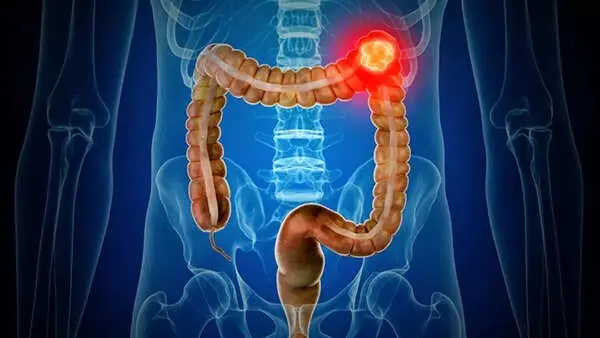
Everyday symptoms that keep appearing in people with bowel cancer

The Shocking Truth About Blood Clots and Natural Treatments That Actually Work
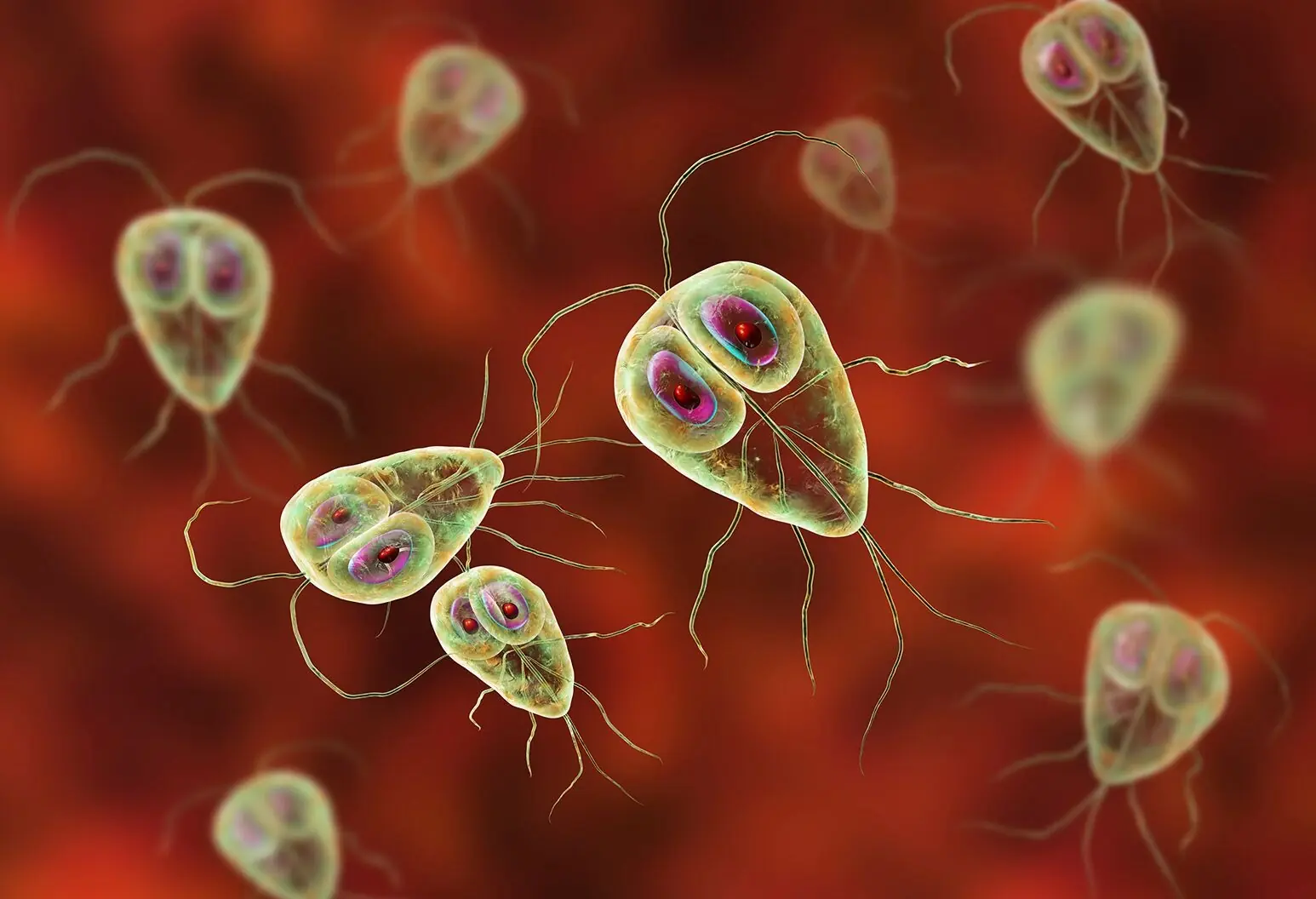
Hidden signs of parasites in your body and how to flush them out naturally

Proven Health Benefits of Eating Eggs Based on Evidence

Nanobots could be disease-fighting machines inside the body, offering a path to eternal life

Surgeon who watched online videos on amputation charged after removing his own legs
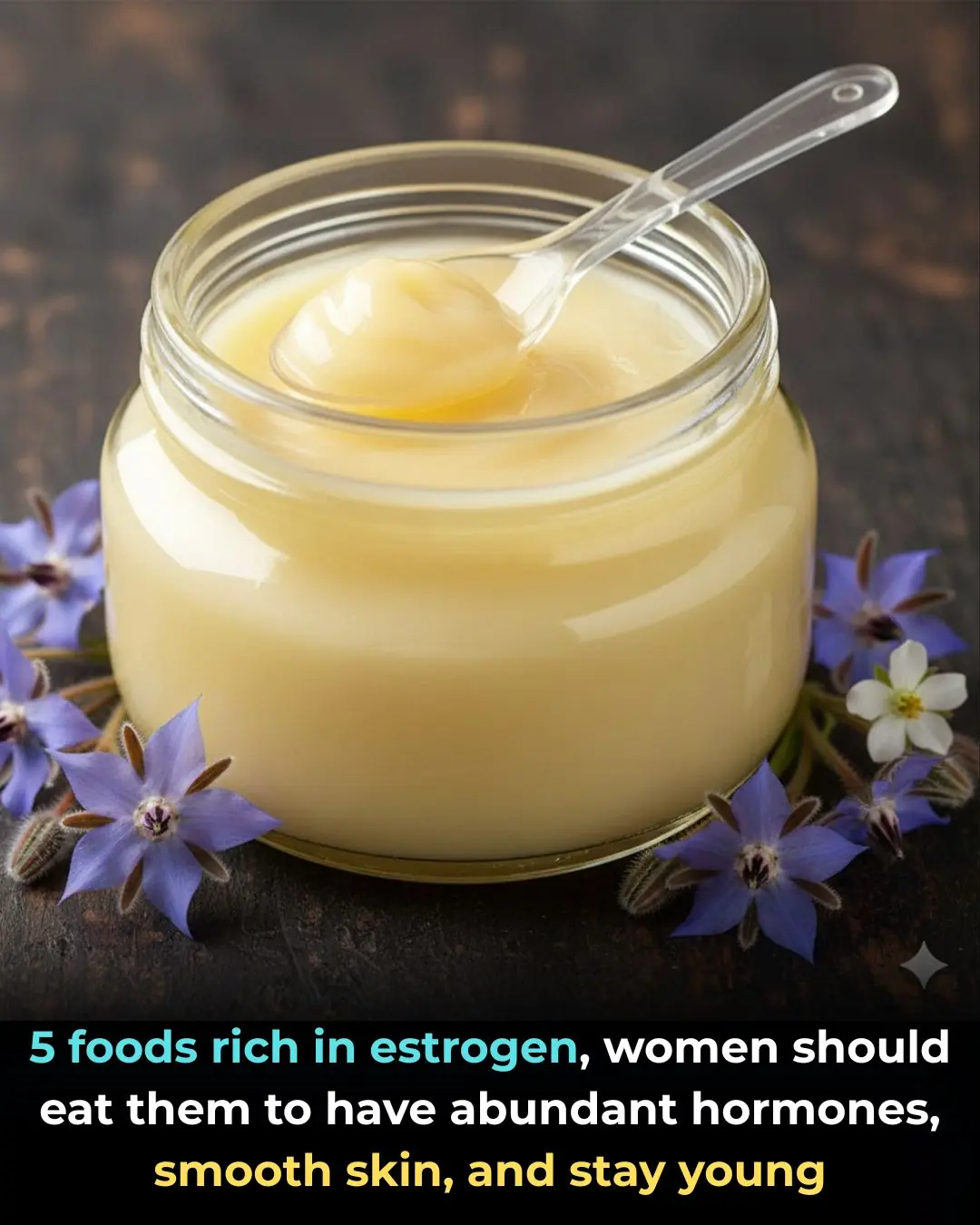
5 Estrogen-Rich Foods Women Should Eat for Hormonal Balance & Radiant Skin
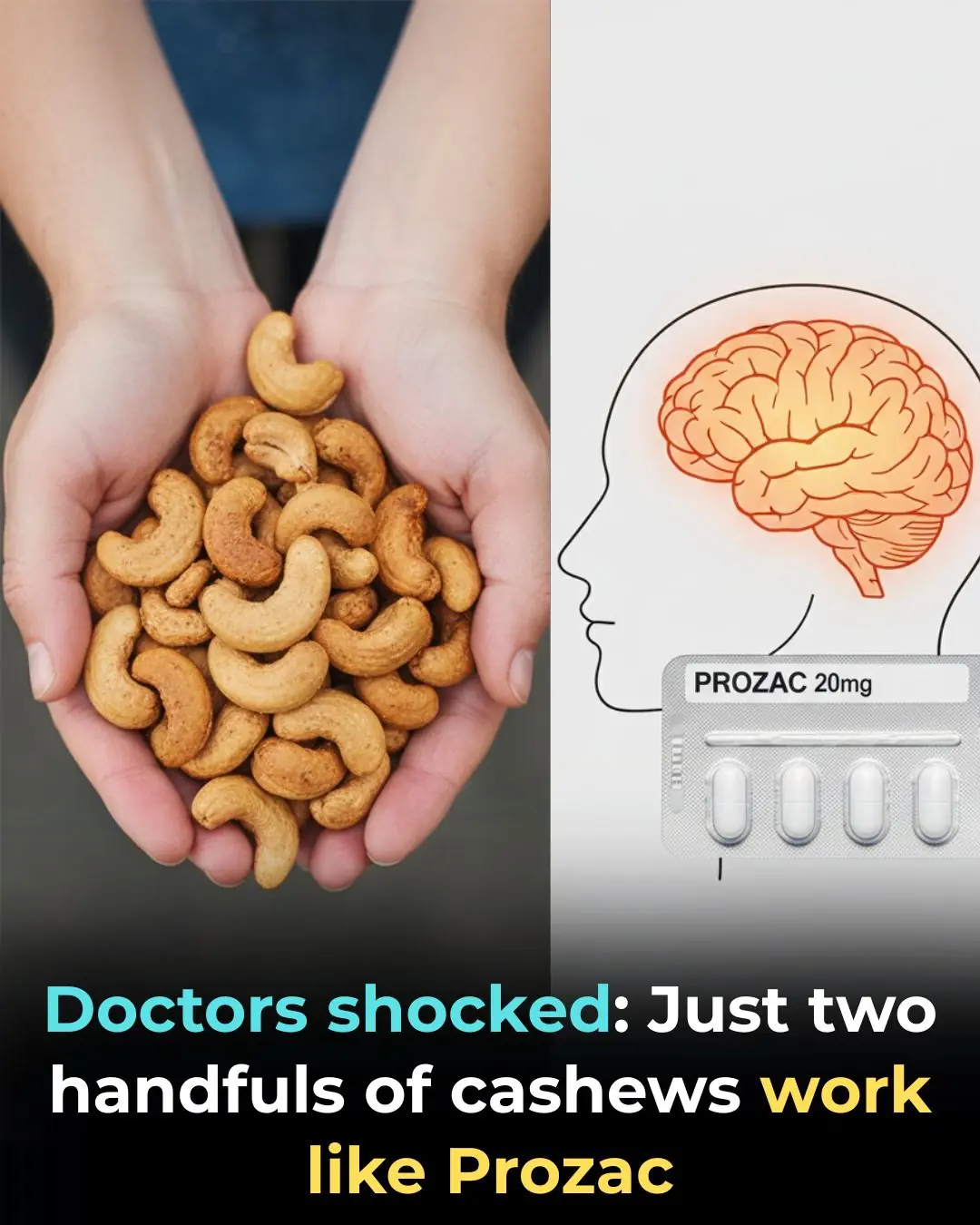
2 Handfuls of Cashews is The Therapeutic Equivalent of a Prescription Dose of Prozac

7 tips to eliminate dangerous blood fat

Lower blood sugar naturally by training just 2 leg muscles

Forget aspirin—this everyday fruit can help protect you from stroke and heart attack

Preventing Stroke At Any Age: 3 “Don’ts” After Meals—And 4 “Don’ts” Before Bed

People whose mouths feel dry when sleeping at night need to know these 8 reasons

Nerve Pain Relief? The Vitamin Deficiency You Never Suspected!
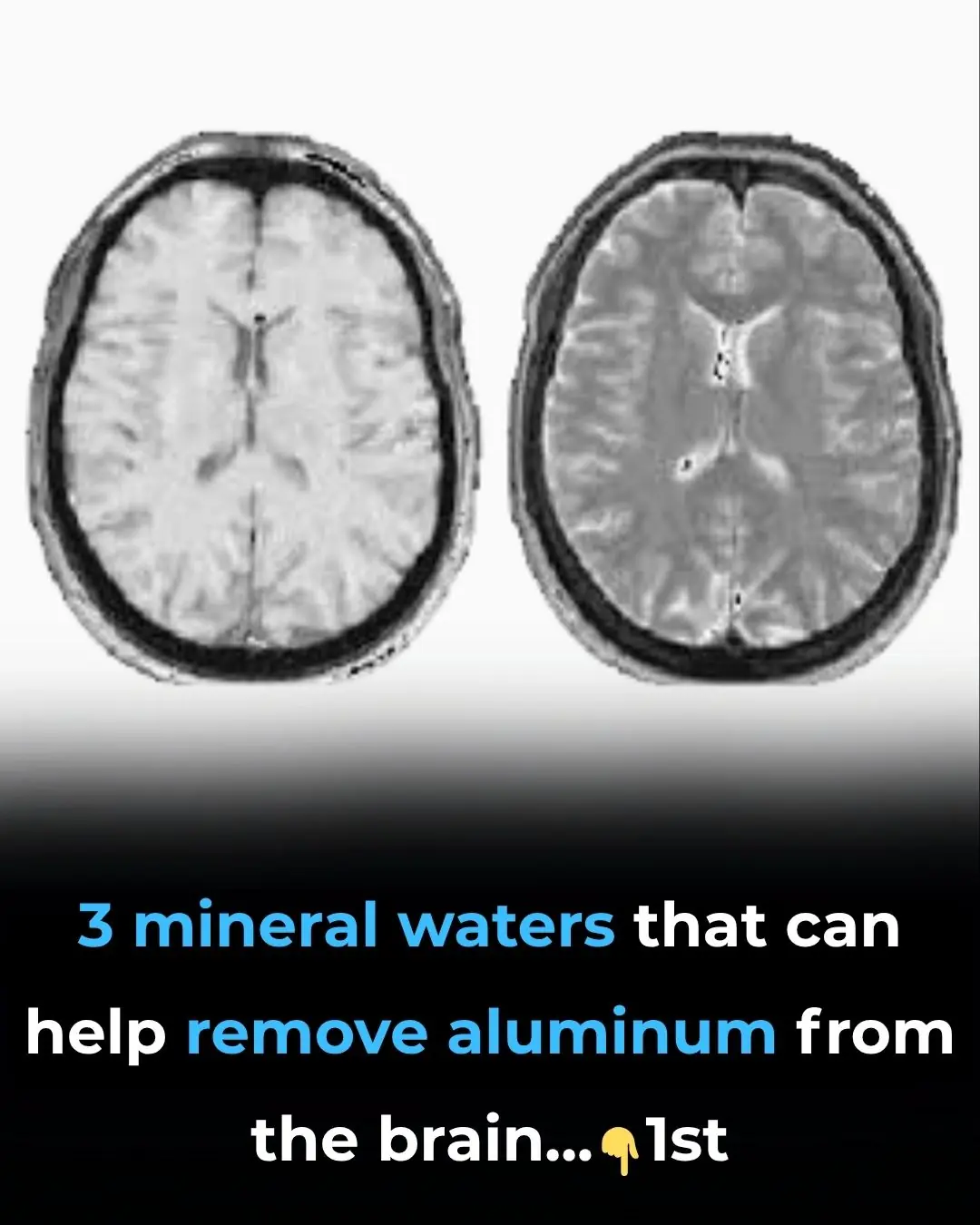
3 Mineral Waters That Can Help Remove Aluminum From The Brain
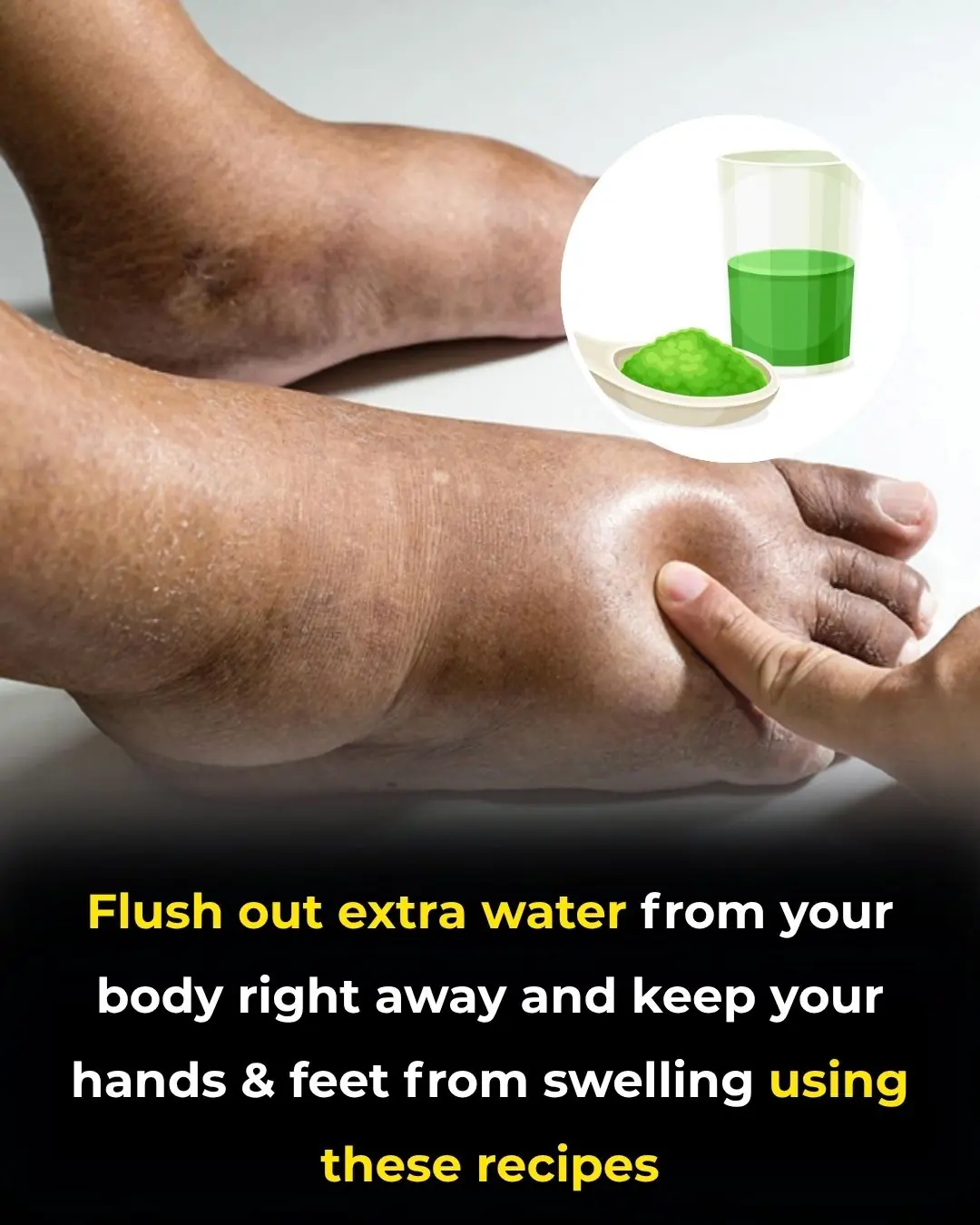
Say Goodbye to Swelling: Natural Ways to Beat Water Retention Fast!
News Post

📺 Disney+ Announces Season 3 Premiere Date for "Addictive" Thriller Tell Me Lies

🌸 Coronation Street Star Georgia Taylor Hits Back at Rude Troll Over New Tattoo

👻 Back From the Dead: Barry Evans Returns to EastEnders After 21 Years

🎤 I'm A Celebrity's Aitch "Cancelled" Over Ex-Girlfriend's Embarrassing Story

🧶 Tom Daley Designs the World's First 'Scratchcard-igan' for the Festive Season

🤷♀️ MAFS UK Fans Ask: Where Were Grace and Ashley at the Reunion?

🎤 Sam Thompson and Pete Wicks Address Strictly Hosting Rumours

🏥 Kerry Katona Undergoes Corrective Breast Surgery After Tissue Rupture

When a Baby Elephant Called for Help — and Soldiers Answered.

THE FIRST WOMAN ON THAT FIELD: The Story of Lt. Gabrielle White and the Day She Shook the Army.

The Cry That Stopped the Truck.

The Day a Police Officer Became a Hero to One Little Boy.

The Last Delivery: The Day an Amazon Driver Became Family.

When Atlas Finally Fell — And Someone Finally Caught Him.
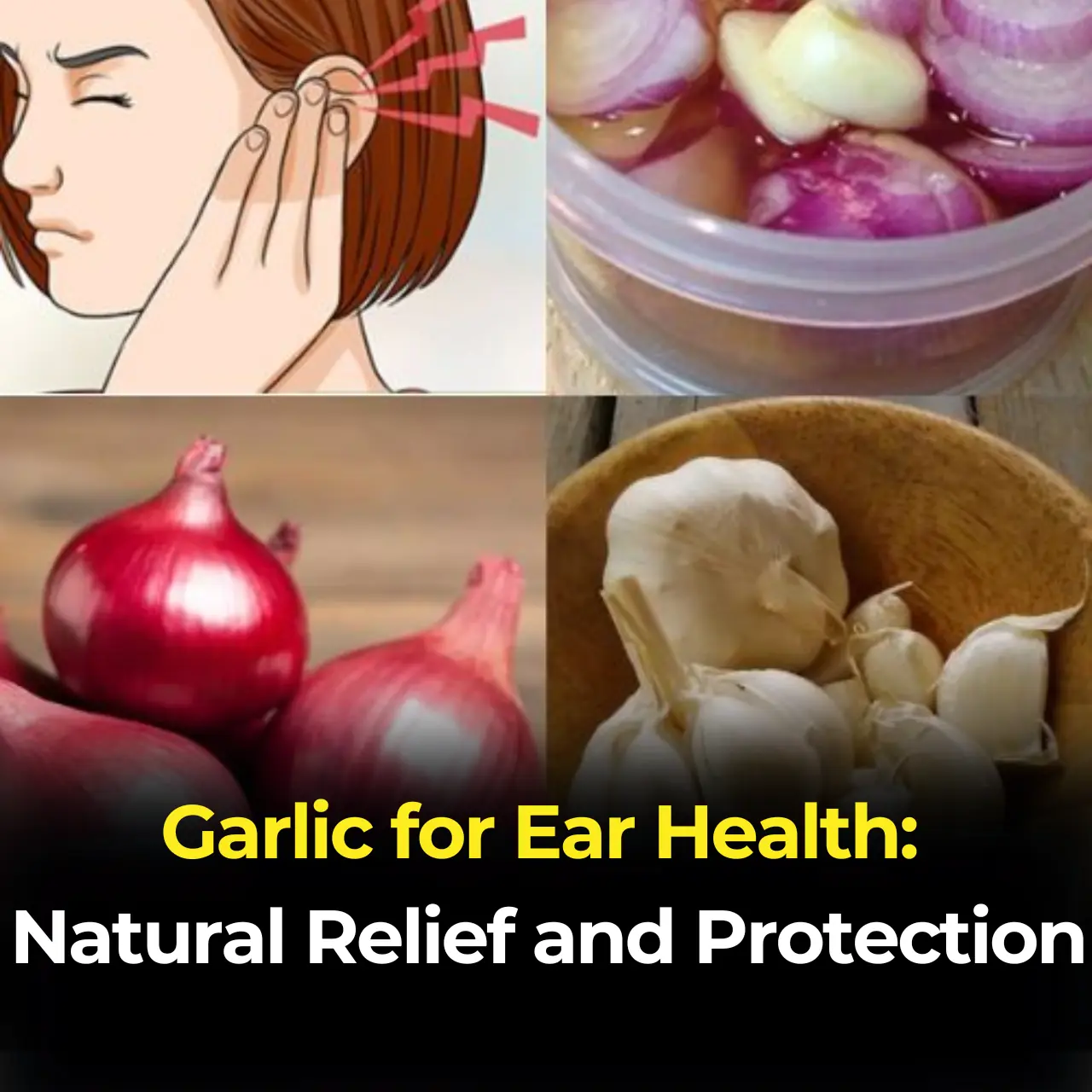
Garlic for Ear Health: Natural Relief and Protection

Clove Lemon Chia Collagen Drink: Erase Wrinkles & Dark Spots

Vogue Williams confirmed as I'm A Celeb latecomer as she shares 'real worry'

Emmerdale fans 'rumble' DNA twist as April is 'not Marlon Dingle's daughter'

Ginger Lemon Water: 14 Powerful Reasons Women Should Drink It Daily
